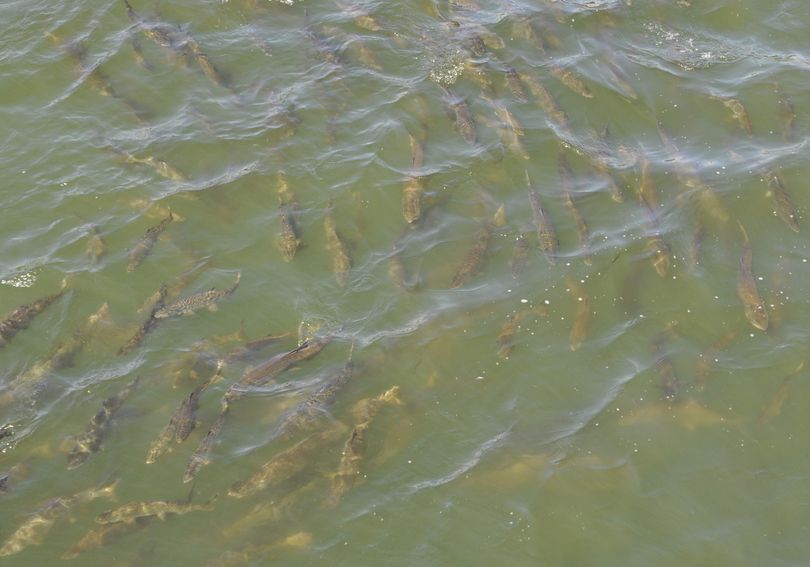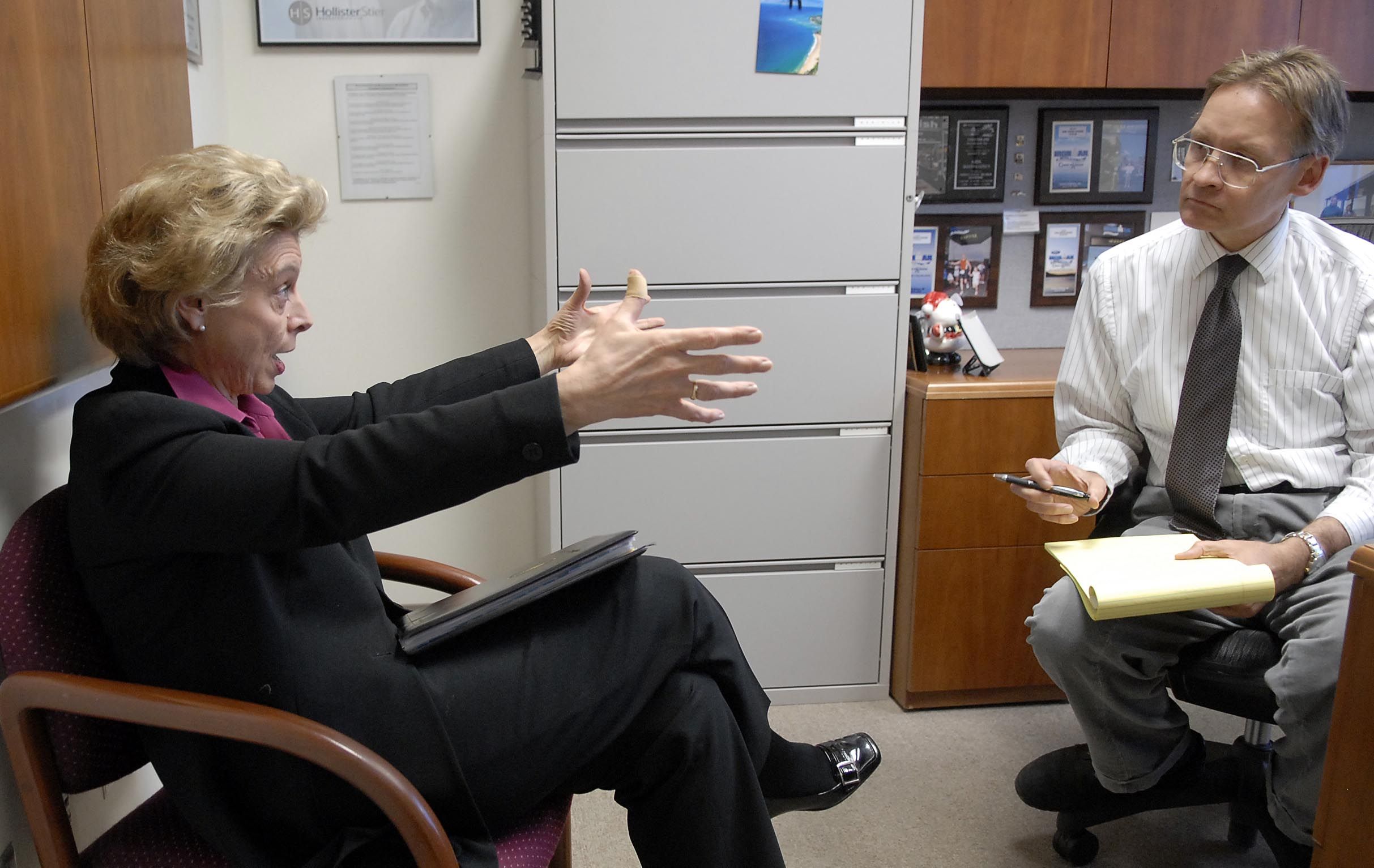Salmon are Olympia bound

This post was updated at 2:30 p.m. Tuesday.
OLYMPIA -- There are two migrations to Olympia each year. Legislators come in January, and leave . . . some time later.
Salmon come in the late summer and fall and don't leave.
The chinook and coho are migrating out of the Pacific, down the Puget Sound and into Budd Inlet, where they use a fish ladder at the dam below the Capitol Campus into the more scenic if somewhat algae-challenged Capitol Lake. They hang out, swimming in circles and sometimes bumping into each other until they get the urge to climb the ladder. (Editor's note: An earlier version of this story incorrectly said they wait for water to be released into the ladder. State officials said the ladder always has water in it and is not dependent on opening the dam gates.)
Eventually they head up the Deschutes River, made semi-famous by the falls on an Olympia Beer can, and which is also the home of a hatchery. Most of them are harvested along the way, either by recreational fishermen in the Puget Sound, at the mouth of the dam or upstream. Some are collected to obtain milt and roe to make more salmon, others are collected to meet the quota of salmon guaranteed for the nearby Squaxin Tribe.
Jim Erskine, of the state Department of Enterprise Services, which manages the dam and the lake, said that contrary to an earlier version of this post, the chinook don't reproduce upstream because they can't make it over the falls. This is not a natural run of salmon from time immemorial and not what's known as an "evolutionary significant unit," he said. The state has to explain the National Marine Fisheries Service, the federal agency that controls most things about Pacific Northwest salmon, that they won't harm the 27 threatened natural runs in the Sound.
In any case, the salmon are hanging out at the dam these days until they get the urge to climb the ladder. That means the seals are hanging around, too, as well as other critters that might like salmon for breakfast, lunch or dinner.
